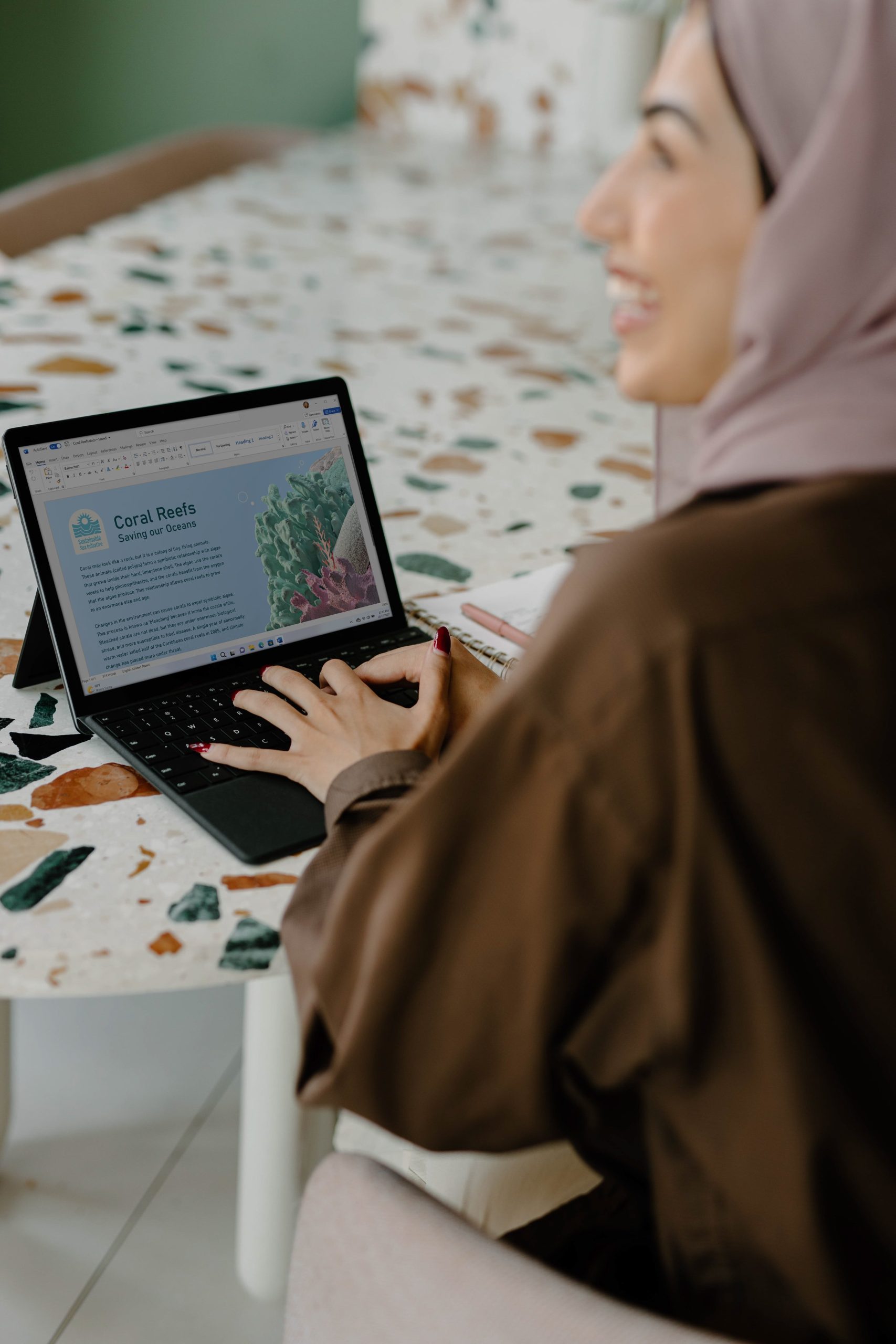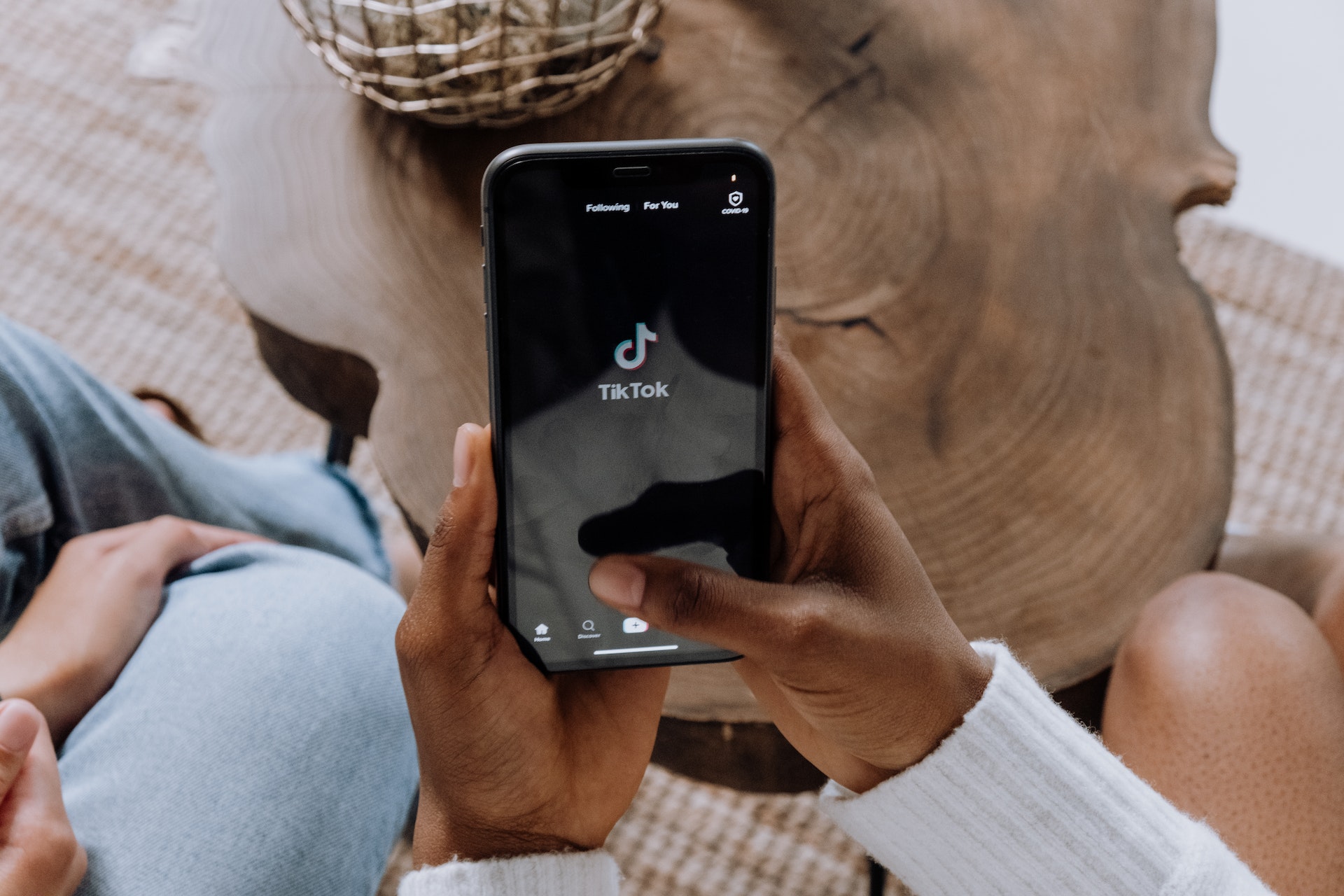Social media might have started as a platform for sharing cat videos and connecting with friends, but it has quickly become a powerful tool for social change. From #MeToo to the Arab Spring, social media has played a crucial role in amplifying voices and mobilizing movements. In this blog post, we will explore how social media can be harnessed as a force for good by examining its potential impact on activism and social change. Join us as we navigate through the fascinating world of digital activism and discover its immense possibilities!
Social Media’s Role in Activism and Social Change
When it comes to social media and its potential impact on activism and social change, it’s important to consider the platform being used. For example, Facebook is great for connecting with a large audience quickly, while Twitter is better for sharing news and current events.
That said, there are a few key ways in which social media can be used effectively as a tool for activism and social change:
1. Connecting with like-minded individuals: Social media makes it easy to connect with people who share your same beliefs and values. This can be helpful in finding like-minded individuals to join your cause or campaign.
2. Sharing information and raising awareness: One of the most powerful things about social media is its ability to reach a large number of people quickly. This makes it an ideal platform for sharing important information and raising awareness about issues or causes you care about.
3. Mobilizing support: In addition to connecting with like-minded individuals and raising awareness, social media can also be used to mobilize support for your cause or campaign. This could involve organizing online petitions or fundraisers, or promoting offline events or rallies.
4. Driving real-world action: While social media is often thought of as a virtual space, it can also be used to drive real-world action. For example, using Twitter to post updates about an ongoing protest or demonstration can help draw attention to the event and encourage others to participate.
The Positives of Social Media Use
Social media has the potential to be a powerful tool for good. It can connect people from all over the world and allow them to share their stories and ideas. It can also be used to raise awareness about important issues and mobilize people to take action.
There are many examples of social media being used for good. For instance, it was used to help organized the protests against the police killing of Trayvon Martin in 2012. Social media was also instrumental in the Arab Spring uprisings, which saw people use platforms like Twitter and Facebook to share information and coordinate protests.
In recent years, we have seen social media being used to help with disaster relief efforts. After natural disasters like Hurricane Harvey, people have used social media to connect with loved ones, fundraise for those in need, and provide information about where to find help.
We are only beginning to scratch the surface of what social media can do to make the world a better place. As more and more people get connected, we are likely to see even more positive impact from this powerful tool.
The Negatives of Social Media Use
There is no doubt that social media has changed the way we communicate. It has created new ways for us to connect with each other and share information. However, there are also some negative aspects of social media use.
For example, social media can be a great way to spread misinformation. With so much information being shared online, it can be hard to know what is true and what is not. This can lead to people believing false information and spreading it to others.
Another downside of social media use is that it can create echo chambers. When people only interact with those who share their same views, they can become more extreme in their beliefs. This can lead to conflict and division instead of understanding and compromise.
Finally, social media can be addictive and distracting. Spending too much time on social media can take away from face-to-face interactions, work, school, and other important activities. It is important to find a balance so that social media doesn’t take over your life.
How to Use Social Media for Good
Social media has the potential to be a powerful tool for good. It can be used to raise awareness about important issues, connect people with like-minded individuals, and mobilize support for causes.
When used effectively, social media can help promote activism and social change. It can be used to supplement traditional forms of organizing and advocacy, reach new audiences, and spark public debate.
Here are some tips for using social media for good:
1. Find and follow accounts that align with your interests and values.
2. Share content from these accounts regularly to help amplify their message.
3. Use hashtags to connect with others who care about the same issues.
4. When posting about your own activism, be sure to include relevant links and resources.
5. Engage in thoughtful discussion and debate with those who have different opinions than you do.
Conclusion
Social media has become a powerful tool for social change, enabling activists to stay connected and mobilize quickly. It’s reshaping the way we interact with each other in meaningful ways, making it easier than ever before to join conversations on important topics and exchange ideas. As citizens of today’s world, we must continue to explore the potential impacts that social media can have on activism and social change so that together, we can create a better future for everyone.









